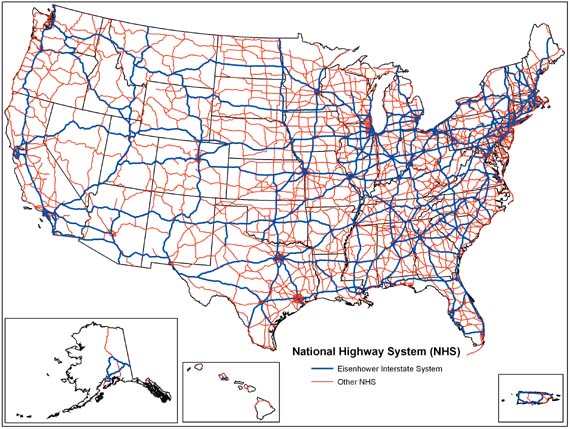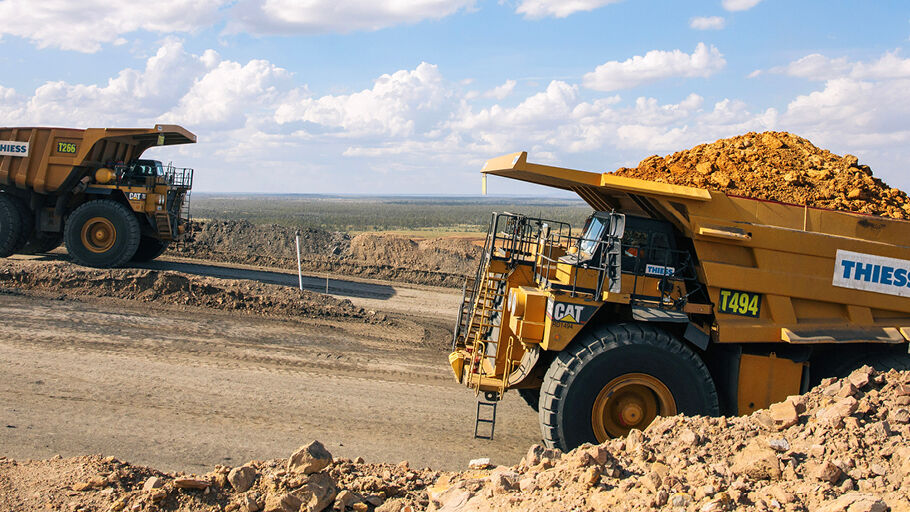Sign up for daily news updates from CleanTechnica on email. Or follow us on Google News!
A few years ago, Electrify America announced a “Boost Plan” that aims to more than double the number of stations and chargers by the end of 2025. Serious hardware problems got in the way of that plan, forcing the company to slow down. But another recent announcement shows us that the company feels it’s ready to move back to growth.
The Original Plan
The original 2021 Boost Plan had specific goals for the end of 2025: 1800 DC fast charger stations and 10,000 charging stalls.
“We have decided to double our current charging infrastructure in North America over the next four years to help meet the need for the rapid growth expected of electric vehicles by virtually all the auto manufacturers, and to help make EV adoption more accessible and attractive than ever,” said Giovanni Palazzo, president and chief executive officer at Electrify America, at the time. “We are making this commitment to support the plans by major automakers and the U.S. and Canadian governments to help the transformation to an electric mobility transportation system.”
Sadly, Things Didn’t Go According to Plan
In the beginning, Electrify America stations worked great. But, after a couple of years, things started going badly in California and along the busiest routes. The earliest stations installed simply couldn’t handle the increasing traffic. Some stalls quit working entirely. Others required multiple tries to get a charge started. Many others were a lot slower than rated, making for unexpectedly long charging sessions.
This led to disagreements in the EV community. Those of us living in less populated and less traveled areas were still happy with Electrify America, while those of us living in or frequently traveling along routes that put strain on these older units had far worse experiences. Personally, I don’t travel to those areas much, so I didn’t see why people were claiming that you couldn’t take a road trip and rely on the stations. I did it a lot! However, I know now that there were massive regional differences in experience that drove the differing experiences.
As the most used stations buckled under the pressure, a few stations got bad enough that they were damaging vehicles, and smoke was coming from the power cabinets of others. So, Electrify America had to act before the whole network crumbled.
Shifting Away From Growth To Address Problems
Electrify America didn’t specifically announce this, but in a required report to California regulators last year, it became clear that the company had to slow growth down majorly to focus on upgrading these older stations to better hardware that could handle the traffic. This meant that the Boost Plan was likely not happening as scheduled, but building a bunch of new stations while older ones were literally frying cars on occasion simply was not an option. California regulators seemed to understand.
At the beginning of this year, things changed for some of the older stations. Power modules that had either not been available or hadn’t been redesigned to not go up in smoke were now available, and the company announced that technicians would be installing them. This resulted in some noticeable improvement as the modules became available and people saw technicians swapping them.
The Electrify America charging experience isn’t perfect, but the company is now getting to the point where the focus doesn’t need to be on fixing up problems.
Turning Back To Growth
With all of this backstory in mind, we can now look at something important in a recent EA press release:
Looking ahead, Electrify America plans to expand the North American network further in 2024, with plans to reach 5,000 DC fast chargers by year-end, opening larger charging stations to meet the demand for public DC fast charging, and expanding Plug&Charge payment technology to support EV adoption.
On May 2, Electrify America marks the 6-year anniversary of the installation of its first Electrify America charging station. This infographic highlights our focus and progress.
Now that the company can put new charging hardware at new stations instead of replacing old ones, growth can happen at a better pace again. According to the company’s website, there are currently 900 locations with over 4,000 stalls in total. So, going to 5,000 stations by the end of the year is a significant push.
If the company can keep that level of growth up through 2025, it’s probably still not possible to either meet or almost meet the original Boost Plan of 1,800 locations and 10,000 charging stations. This would require roughly doubling the size of the network in one year. But, getting back to growth after getting reliability problems under more control is still big news for the company.
The Timing Couldn’t Be Better
Sadly, we’ve seen Tesla take a step back from charging growth recently. After a hasty and unplanned mass firing event at Tesla Charging, Elon Musk said:
Tesla still plans to grow the Supercharger network, just at a slower pace for new locations and more focus on 100% uptime and expansion of existing locations
— Elon Musk (@elonmusk) April 30, 2024
Without Tesla pursuing aggressive Supercharger station growth and instead focusing on adding stalls at existing locations and working on better uptime (which was already excellent), many gaps will still be left in the overall DC fast charging network in the United States. This is especially true in rural areas which haven’t yet been served by other providers.
If you think NEVI (“Bipartisan Infrastructure Bill”) money is going to solve this problem entirely, you’ll be disappointed. On top of charging stations from this program taking 10 years or more to all get put in, the final goal is to only put four stalls every 50 miles or fewer on designated “zero emissions corridors.” To be an eligible corridor, the highway (be it a state highway, US highway, or Interstate) must be listed as part of the National Highway System.
If you look at charging gaps on PlugShare, you’ll see that some of the gaps line up with roads that are not on the National Highway System map. For example, US-180 from Silver City, New Mexico, to Holbrook, Arizona, isn’t listed. US-70 from Lordsburg, New Mexico, to Globe, Arizona, is likewise not listed, despite serving almost 100,000 people living near it!
Between gaps that will remain and the fact that NEVI only requires four 150 kW stalls, we’re talking about some serious leftover needs for EV charging stations in the United States. Having Electrify America turn back to growth as other efforts like GM’s partnership with Pilot Truck Stops and EVgo, “We Charge North America,” and BP Pulse’s effort to install $100M worth of Tesla charging gear all help with growth, too — that means some serious impact toward charging shortcomings.
Featured image: Electrify America’s latest generation charging station in San Antonio, Texas. Photo by Jennifer Sensiba.
Have a tip for CleanTechnica? Want to advertise? Want to suggest a guest for our CleanTech Talk podcast? Contact us here.
Latest CleanTechnica.TV Video
CleanTechnica uses affiliate links. See our policy here.






